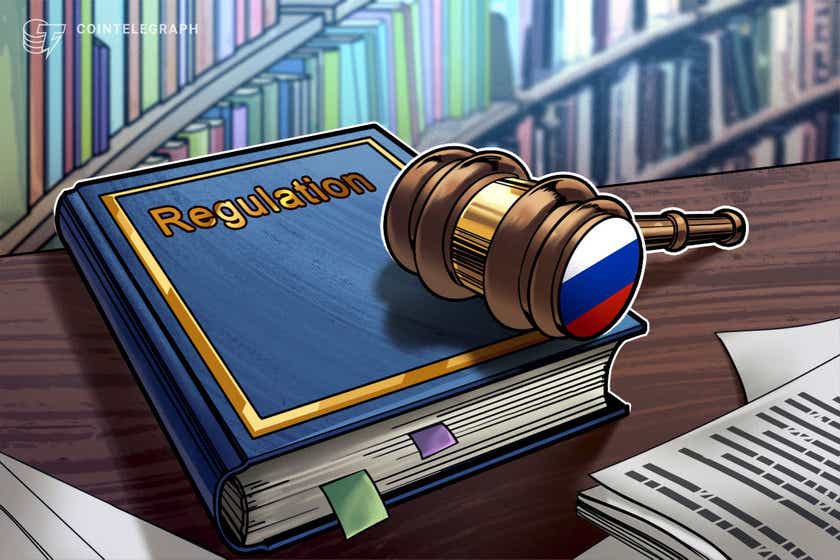Bitcoin fees remain low despite price surge but Vitalik says they could soar
Bitcoin transaction fees are less than 10% of their 2017 highs, but Vitalik Buterin believes it’s only a matter of time before they soar back up.
2194 Total views
18 Total shares

Despite Bitcoin’s surge to re-test its 2017 highs, a combination of low on-chain transactions and diminished retail speculation has seen transaction fees remain low.
The current fees of around $3.50 per transaction starkly contrast with three years ago, when the fees incurred to send any amount of BTC briefly spiked above $50. But average transaction values are currently approaching $200,000 suggesting the current rally has not been accompanied by the same retail trading frenzy that drove prices toward $20,000 in 2017.
Ethereum cofounder Vitalik Buterin doesn’t believe Bitcoin’s current low fees will last. In a Twitter thread the Ethereum co-founder suggested that an inevitable increase in transaction fees will push out the majority of users:
“Why do Bitcoin’s unique features matter given that any wide adoption scenario will lead to base chain fees pricing out most of those users and it’s proving hard to extend those features to the L2s intended to circumvent those limitations?”
However, the data does not suggest high fees are likely in the current environment. To understand what is happening in the background, it is important to look at the number of transactions being processed, the value of these transactions, and how much BTC is being held long term.
Bitcoin’s memory pool, similar to a waiting room for transactions, shows the current number of daily unconfirmed transactions at 38,900 — only around 20% of the 2017 figures.

It is worth noting that not only are the number of transactions significantly less than during the previous bull market but this time around, there has been no increase in response to the price surge. In fact, the seven-day moving average shows an overall decline since the start of 2019.

In October the average Bitcoin transaction surpassed the 2017 high of $150,000. Ten days ago th average was above $190,000, suggesting that although the number of transactions has decreased, those that are still transacting are wealthier individuals or organizations.
Bitcoin users are also hodling their coins rather than transacting with them this time around. The number of Bitcoin held on exchanges has been dropping fast. Data from analytics platform Glassnode Studio shows the year-to-date change is down 18% as of Nov. 21.
— glassnode (@glassnode) November 20, 2020
Chainalysis suggested that the number of Bitcoin available for buyers could be as little as 3.4 million with the rest of the supply being held by long-term investors.









